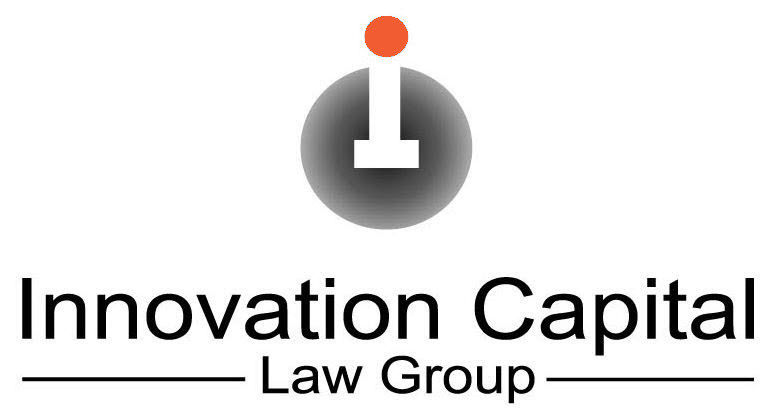What is a USPTO Classification of Goods and Services?
A trademark application cannot be filed without identifying specific goods or services. You cannot, for example, simply trademark a word or phrase in the abstract. You must specifically identify the specific products or services sold or to be sold under the mark. The USPTO categorizes particular goods and services under specific classes. The trademark class assists examiners in searching for similar trademarks although they are not limited to searching for trademarks in your class only.
Need to file a proper trademark application and avoid delays? Contact US patent and trademark attorney Vic Lin at 949-223-9623 or email vlin@icaplaw.com to explore working with us.
How do trademark classes affect filing costs?
The number of classes also determines the government filing fee for a trademark application. Currently, the USPTO charges an electronic filing fee of $350 per class for the TEAS Standard filing. For Intent-To-Use applications, the USPTO fee for a Statement of Use is currently $100 per class.
Our flat rate for filing a trademark application is also charged per class of goods.
In what class(es) do my goods or services belong?
You can search the USPTO Trademark ID Manual to see which class covers a particular product or service. To cover multiple goods or services, check to see if all of your items fall under a single class in order to save money.
Can a US trademark application simply claim a whole class without specifying any goods or services?
No, a USPTO trademark application cannot simply claim an entire class without specifying the goods or services.
Does the USPTO allow multi-class trademark applications?
Yes, you can file a single U.S. trademark application covering multiple classes. In most cases, however, we generally recommend filing separate single-class applications for these reasons. In a multi-class application, you have the option of dividing out individual classes.
Furthermore, the applicant can initially pay for only one class upfront. The USPTO will eventually issue an Office Action requiring payment for the additional classes. This approach allows the applicant to avoid paying the filing fees for any additional classes the applicant may choose to delete from the application (e.g., in response to a partial rejection).
How do trademark classes relate to rejections (likelihood of confusion)?
It is possible, and in fact common, for the USPTO to reject a trademark application for goods in one class based on a registration for a similar mark covering goods or services in a different class. In other words, the fact that your pending application covers a different class than that of a prior registration does not mean you’re free and clear to register your mark.
The USPTO looks at the relatedness of the goods/services, which involves the extent to which items in one application overlap with those in another filing.
Can more goods or services be added to the same class after filing a trademark application?
No, the USPTO does not allow an applicant to broaden the scope of the identification of goods and services after the initial filing. An applicant can only clarify (e.g., provide specific examples of a type of product) or narrow the scope (e.g., delete certain goods/services).
A new trademark application would be required for adding goods or services that go beyond the scope of a prior application.
How do classes affect costs?
The higher the number of classes, the greater the costs. The USPTO charges a filing fee per class. Attorney’s fees will vary depending upon the firm. Our firm currently charges flat rates for filing trademark applications.


